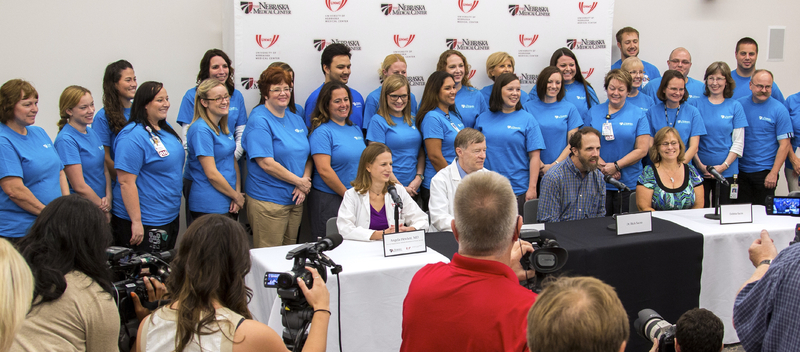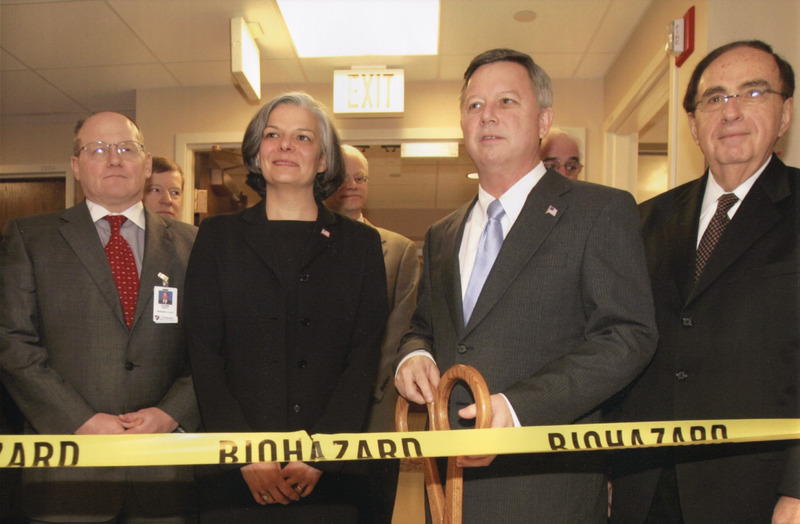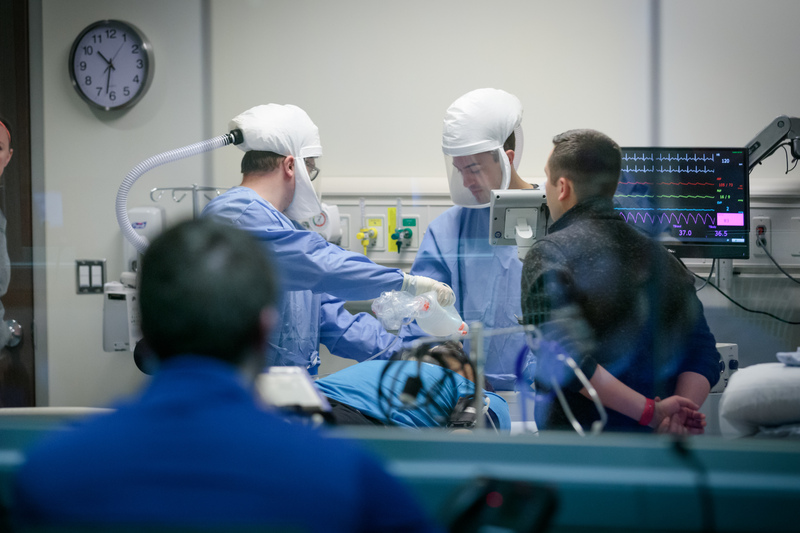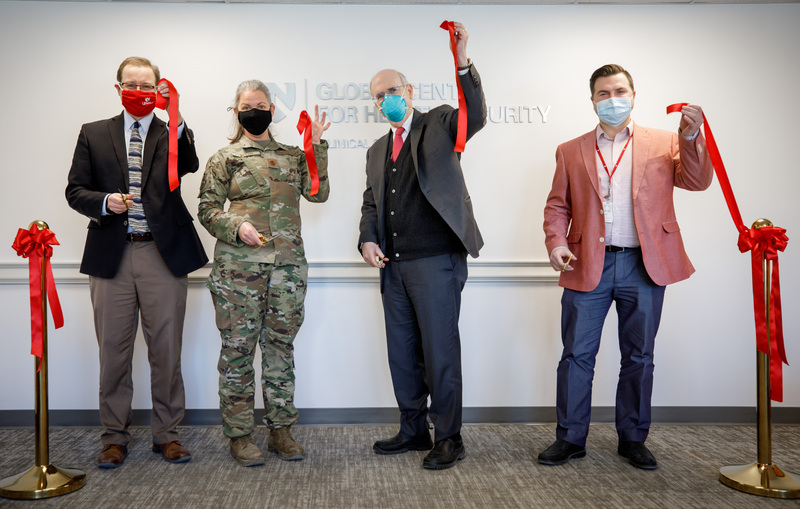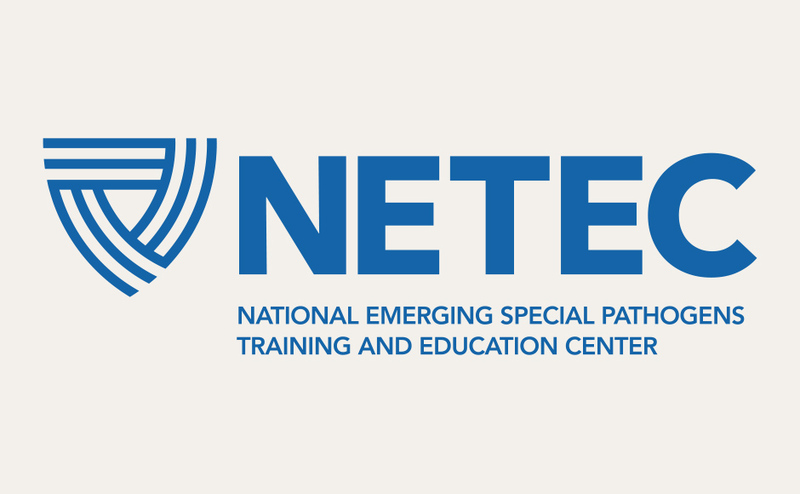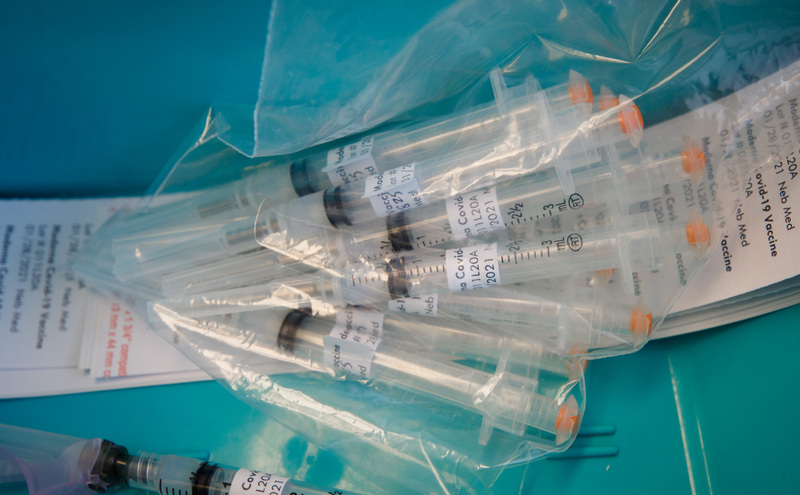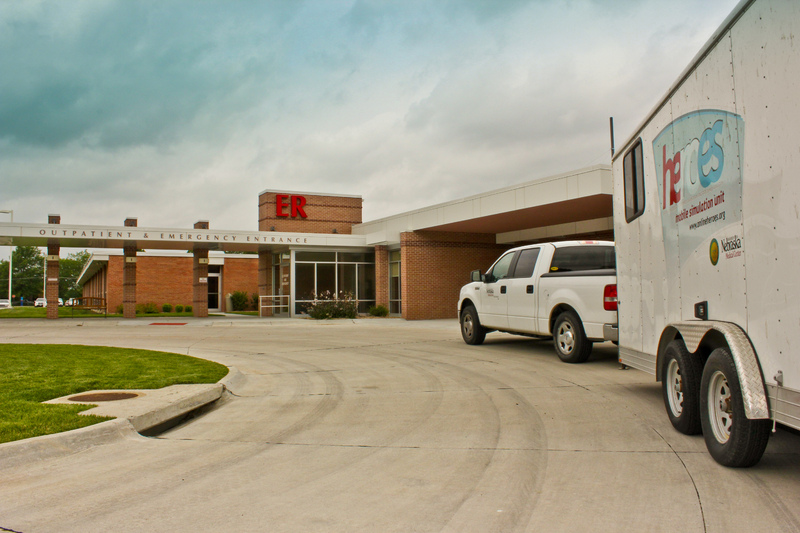Nebraska Biocontainment Unit
Commissioned in 2005 by the U.S. Centers for Disease Control (CDC), the Nebraska Biocontainment Unit (NBU) is a collaborative project involving UNMC, Nebraska Medicine, and the Nebraska Department of Health and Human Services. It provides the first line of treatment for people affected by bioterrorism or highly hazardous communicable diseases. The NBU is one of only a few biocontainment units in the United States and is the largest, with up to a 10-bed capacity, depending upon the specific infection.
The unit is equipped to safely care for anyone exposed to a highly contagious and dangerous disease. Early isolation of an infected patient is essential–buying time for public health officials and providing the chance to either stop an outbreak or help to contain one. The unit’s location, on the same campus as Nebraska’s Bio-Safety Level 3 Laboratory, allows for timely diagnosis and immediate treatment of patients.
NBU personnel consist of a staff of select physicians, registered nurses, respiratory therapists, and patient care technicians specially trained in high level isolation and biopreparedness. Most work full-time in other areas of Nebraska Medicine but remain on-call to report promptly when the unit is activated.


